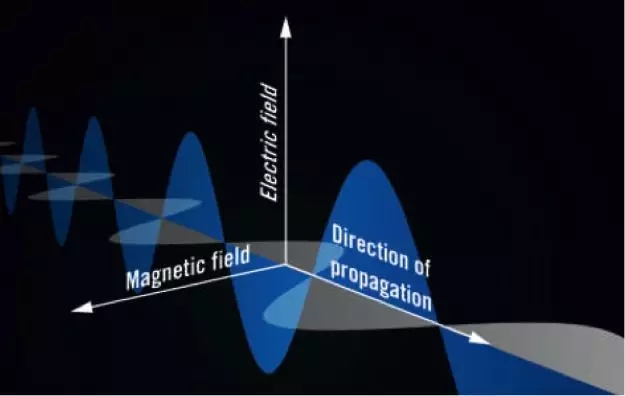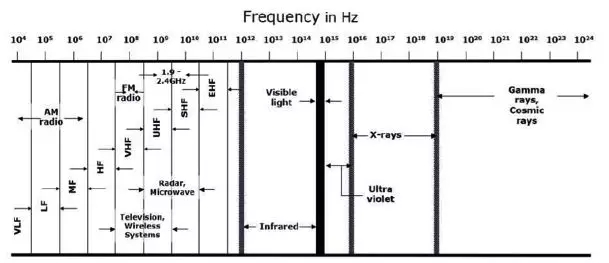As governments continue to allocate parts of the radio spectrum for wireless microphones and in-ear monitors (IEMs), audio engineers are increasingly required to grasp the fundamentals of designing and setting up these wireless systems. To address this growing need, Shure has partnered with Entertainment Technology Asia to launch a 12-part educational series covering RF engineering theory and best practices. The objective is to equip readers with the essential knowledge needed to configure and operate wireless audio systems effectively.
The series explores various topics, including RF wave propagation, antenna types and positioning, signal distribution methods, transmission line theory, noise sources and reduction techniques, IEM system mixing, analog and digital wireless systems, and spectrum management. In the first installment, we introduced electromagnetic waves and the electromagnetic spectrum, explaining why they are used to modulate wireless signals.

Electromagnetic Waves
The electromagnetic spectrum refers to the range of frequencies over which electromagnetic waves propagate. One fascinating aspect of the spectrum is that different frequency ranges are typically suited for different types of signals, each with unique applications. For instance, AM radio operates between 550 kHz and 1640 kHz, while FM radio uses the 88 MHz to 108 MHz range. Visible light, on the other hand, falls within 429 THz to 750 THz. Our eyes can detect light in this frequency range, allowing us to see colors and brightness. We also sense heat through infrared radiation, which lies just beyond visible light in the spectrum.
Wireless microphones and IEMs commonly use the UHF band (450 MHz to 698 MHz), the DECT band at 1.9 GHz, and the 2.4 GHz band. However, the exact frequencies available for legal use may vary depending on regional regulations. Some VHF or UHF bands, such as 902 MHz to 928 MHz, may also be used, but their legality differs by location.
Each frequency range presents its own set of challenges. The 450 MHz to 698 MHz band is ideal for high-channel-count systems or those requiring long-range operation, typically beyond 30 meters. However, this range is heavily utilized for terrestrial mobile communications, public safety, and TV broadcasting—services that often transmit at much higher power than wireless microphones and IEMs. As a result, wireless systems must avoid interference from these existing services, which becomes particularly difficult in areas with limited spectrum availability.
Recently, the 2.4 GHz band has gained attention for certain wireless microphone applications. Advantages include smaller antennas, no need for high-power transmitters that could cause interference, and global usability without needing government authorization. However, this band is already crowded with Bluetooth and Wi-Fi devices, making it less ideal for reliable wireless audio. While the 2.4 GHz band can work well in some scenarios, the 450 MHz to 698 MHz range remains the best choice for high-channel-count systems due to its large, continuous block of spectrum.

Spectrum
Now that we’ve covered the common frequencies used for wireless microphones and IEMs, you might be wondering: Why do we need to convert audio signals into high-frequency RF signals for wireless transmission?
There are two key reasons. First, transmitting audio directly at its original frequency (20 Hz to 20 kHz) would require an antenna that’s several miles long to be efficient. Second, even if the antenna size wasn’t an issue, low-frequency signals are highly susceptible to interference. By using a high-frequency carrier, we can design smaller antennas that help reduce interference and improve signal quality.
Modulation is the process of embedding baseband information (like audio) onto a high-frequency signal for efficient wireless transmission. For example, in an IEM system, a transmitter takes an audio input, modulates it onto a high-frequency carrier, and sends it via an antenna. The receiver then captures the signal, demodulates it, and restores the original audio.
There are many analog and digital modulation schemes, and while this series won’t go into detail on any one method, it will discuss the advantages and disadvantages of each to help you make informed decisions when choosing your wireless system.
Galvanized Steel Wire,Stay Wire,Guy Wire,Earth Wire
HENAN QIFAN ELECTRIC CO., LTD. , https://www.hnqifancable.com
